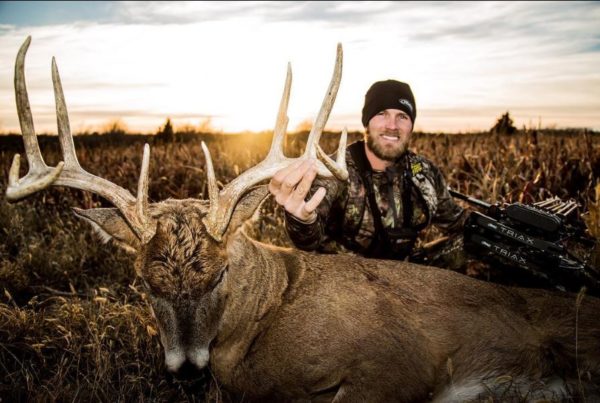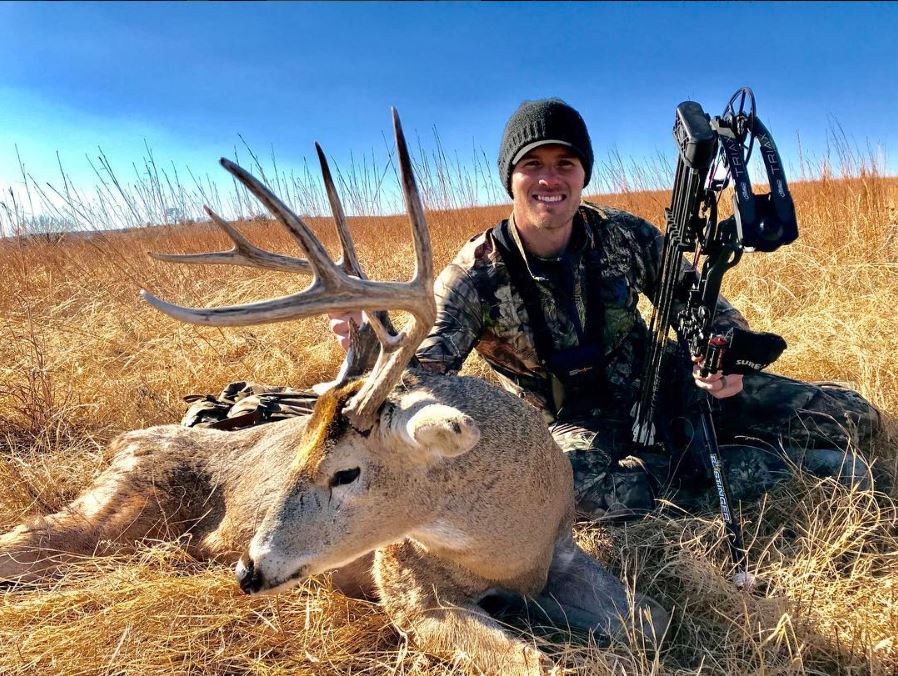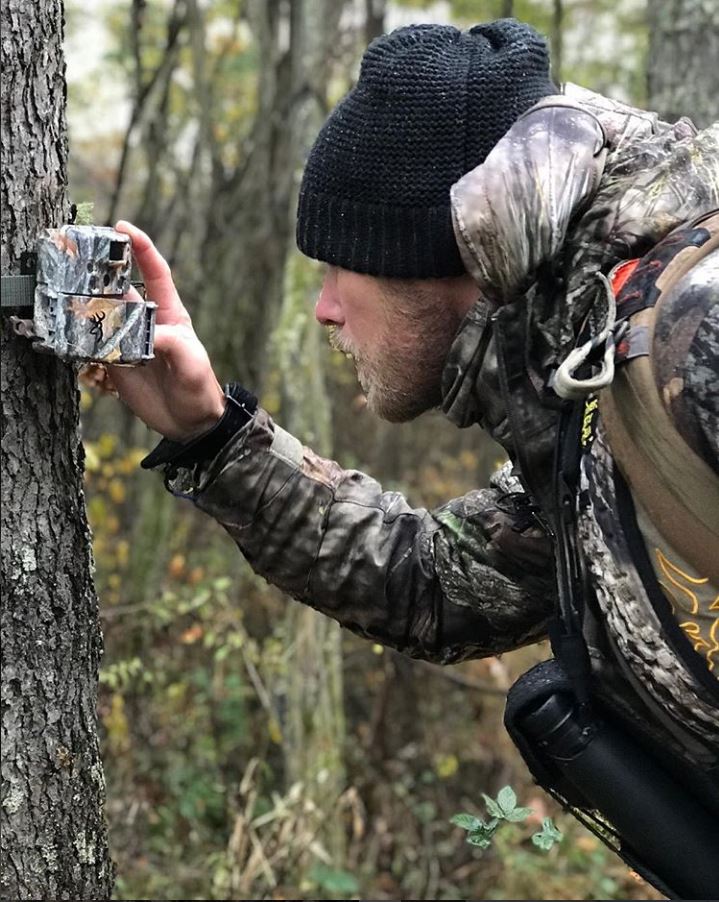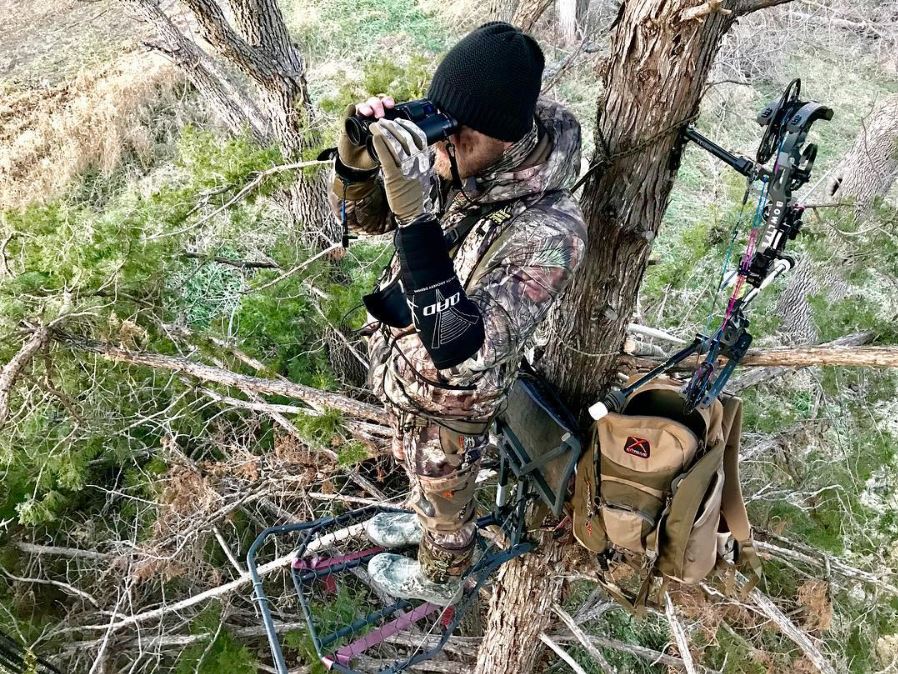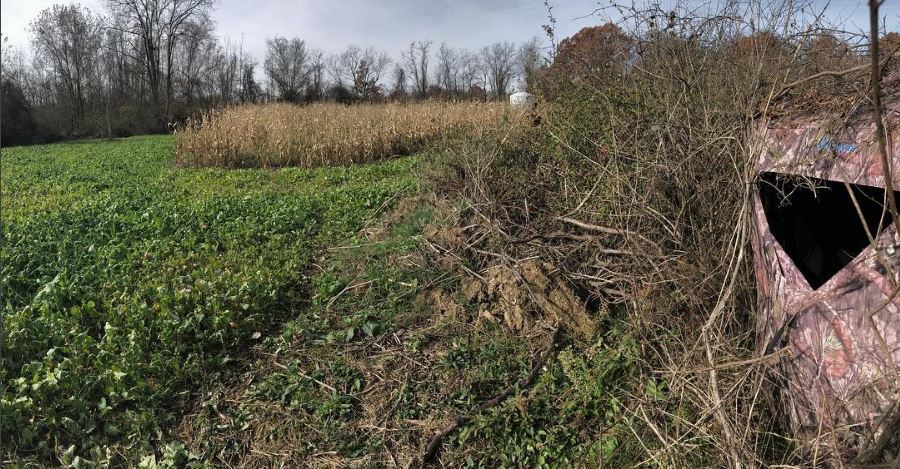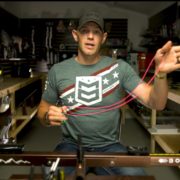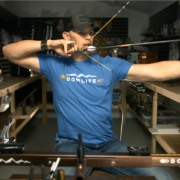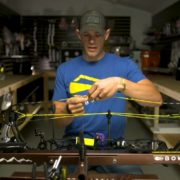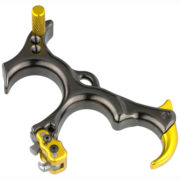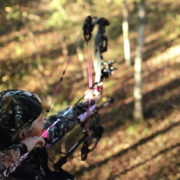Tips for Late Season Bow Hunting
Late Season Bow Hunting Tips
The dream of November bow hunting has come and gone. The craze of the rut and its pull on big mature bucks has passed. If you’re a bow hunter with a tag still in your pocket the late season could be your chance at redemption. The tactics and techniques you have used thus far for fall will not work, so you will have to reevaluate and adjust your hunting specifically for the late season. Here are some bow hunting tips and tactics to help you get within bow range of a late season mature whitetail and salvage your season!
The Best Hunting Is On Its Way!
Whatever the reason, the simple problem is that you weren’t able to fill your tag this fall. We’ve all been there! The excuses or legitimate reasons can range from not enough time off from work or family to the more absurd like…”the rut never happened”. Whichever excuse you choose, go ahead and let the blame rest on your shoulders. Use the frustration to your advantage and fuel your drive to grab success during the final weeks of deer season.
The late season is the perfect opportunity for redemption. Why? There are several reasons:
- Overpressured bucks might be seeking refuge on your property
- Cold temperatures can force deer to more vulnerable patterns centered around food
- Fresh snow can create ideal opportunities for in-season scouting
- Funneling deer for shot opportunities or intel through trail cameras is easy to do with the help of food or cover
- Late season cold fronts are easy to identify and hunt around
These are just some of the reasons the late season can be one of the best times to harvest a mature buck with a bow. Now you just need to know how to capitalize!
Start Fresh
First things first, it’s time to get a picture of what’s out there…literally! If you’ve slacked off of your game camera routine throughout the rut it’s time to pick it back up. Knowing what deer are in your area, when they are moving, and where they are moving to is key to success in late season bow hunting. Start out with a quick and low-pressure scouting trip. Identify fresh sign, bedding areas, and major traffic areas centered on food and cover. Bring your cameras with some fresh memory cards and batteries.
Top Late Season Trail Camera Locations
- Funnels and pinch points– where deer enter and exit food sources. Setup cameras keeping prevailing winds, entry, and exit routes in mind so you can check batteries and memory cards without busting deer.
- Water sources – can be critical in late season. Locating a deer herd’s water source in frozen or dry winter climates is a great find. It’s likely that few open water sources are available in sub-freezing temperatures. Hunters who can provide open water may find it as effective as any food plot. Set cameras up to see who is coming and going at the watering hole.
- Transition areas – from bedding to food sources are critical this time of year. Calories are paramount in the cold and for recovering from the rut. Deer are looking to conserve as many calories as possible, so locating a suitable bedding area near a quality food source can be a golden opportunity for any bow hunter. Putting a camera on a trail between bedding and feed is a great way to pattern a mature buck using the area. If you don’t get the consistent pictures you are hoping for, don’t be afraid to move your camera until you find the deer’s travel corridor.
It’s important that you understand that some of the mature bucks in your core group may have been harvested by other hunters. It is also likely that some bucks may be busted up with broken racks from the rut. However, you will also start noticing new deer you have never before. They may have moved into your area pressured by other hunters or just need to recover from the rut. It may seem like a waste of time this late in the game, but identifying the deer you will be hunting in late season is a great tactic. When you are running and checking your game cameras keep in mind you are hunting late season deer that have been pressured. Hunt your cameras when you check them like you are hunting deer, wear scent–free boots and use the wind. It’s better to skip a day or even a week without checking your camera than to blow deer out of your hunting area due to scouting under poor conditions.
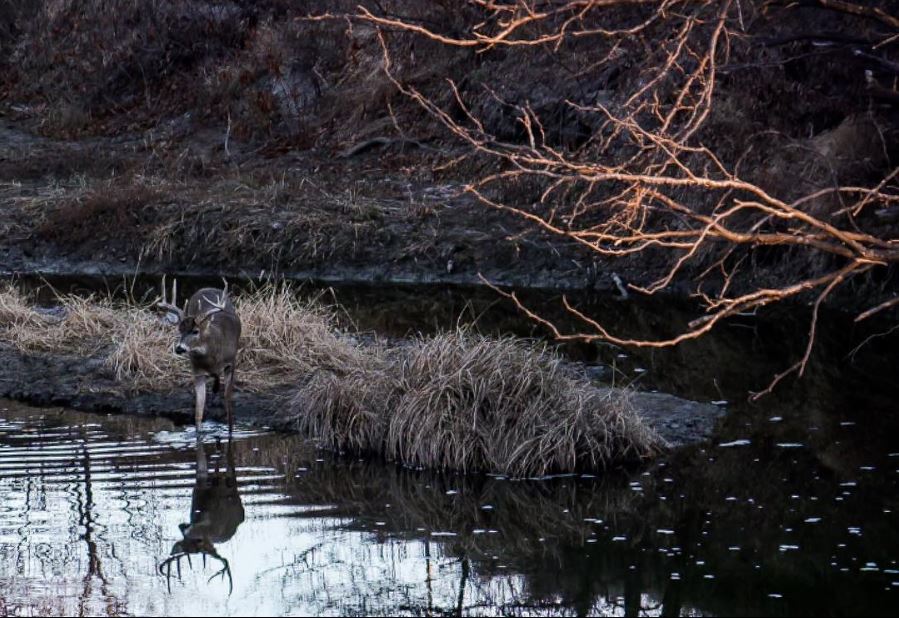
Understanding Late Season Wary Bucks
Next, late season and the cold winter months of the post-rut mean one thing to a battle-worn bruiser buck…survival. Bucks have spent literally weeks neglecting their body and burning calories trying to get a chance to breed as many does as possible. Now that the rut is over and the temperature is dropping those bucks need quality calories to make it through the winter until the spring green up.
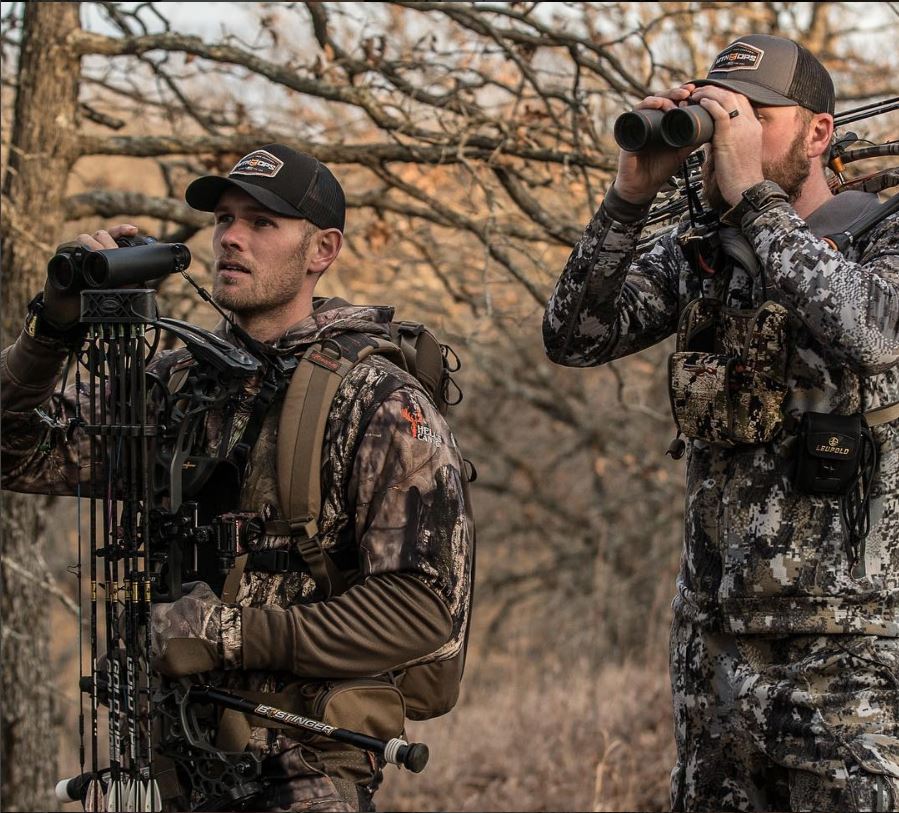
Food
The acorns and standing crops the deer were feasting on in October and November are drying up quickly. For this reason, it is critical to identify the late season food source in your area. Some of these food sources may include:
- Winter wheat or cereal rye cover crop
- Recently or late cut corn fields
- Brassica cover crop or food plots
- Oak flats in a bumper year
- Standing crops (beans or corn)
Spend some time behind a pair of binoculars and figure out where the deer are feeding and where the deer are bedding instead of limiting yourself to one stand location. If you can locate bedding cover near a quality food source, hopefully your scouting and some game camera pictures will confirm a quality buck in the area!
Cover
The bedding area deer are using during the day near the food source is key when hunting late season bucks. Hunting a bedding area is always tricky, you must consider the deer’s travel patterns, the wind, and your entrance and exit routes to and from the stand. It can pay to be aggressive when you are moving in on a known buck on your hit list, but be careful not to blow the deer out of your late season hunting area. These deer have been pressured for a while now and the wrong move or the wrong wind may send them packing. If busted, they might travel well beyond the nearby area without looking back, and settle into a new core area. Don’t overlook a small patch of cover, brush, or tall grass that receives sun as a bedding area. This is especially true for any southern oriented topography.
Bow Hunting Tips for Staying Deadly in the Cold
Late season bow hunting has its own challenges and will require you to adapt your early season tactics. Cold northern winds blowing frigid air and freezing temperatures make it tough on hunters, but those same conditions make deer get up to feed. Layering warm clothing during late season bow hunting is an important part of your cold weather arsenal. Loading your hunting pack with various fleece, wool, and shell garments to stay warm and comfortable will allow you the flexibility to stay on the hunt longer.
Keep in mind that heavy activity like walking through snow or climbing elevation can cause you to work up a sweat even in frigid conditions. Be sure to use clothing layering to keep from sweating only to freeze as soon as you get on stand. Chemical hand warmers can go a long way to keep you comfortable in the cold as well. A hand warmer in the toe of your boots, in your jacket pockets and inside a layered vest can make the difference between an enjoyable late season bow hunt and misery.
Moving to the Ground
The conditions and environment of late season bow hunting can provide great opportunities when hunting from the ground. The leaves are off the trees and cover in a tree stand becomes tricky in late season. The deer are spending more of their time in winter feed fields and places to hang a tree stand may be hard to find.
When bow hunting late season whitetails, a ground blind in winter feed can be a great way to lay in wait for a buck. Tucking a blind along the end of a row of hay bales, or in a depression of a weedy terrace provides an ambush point that tree stand hunting cannot. Utilizing a lightweight, quick setup popup blind can also help you to be more mobile and access bedding edges when the wind is right. Don’t overlook moving your hunting to the ground in late season.
Keep Hunting!
One of the biggest obstacles to late season hunting is getting in the field. The days are short, and the challenges of hunting pressured deer in cold temperatures are real. Chasing late season bucks can be emotionally tasking. Be prepared to overcome some challenges and for some fantastic encounters. These late season bow hunting tips can help you capitalize on a great time to be in the deer woods!

